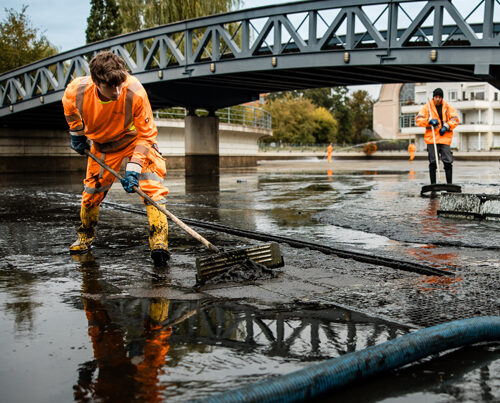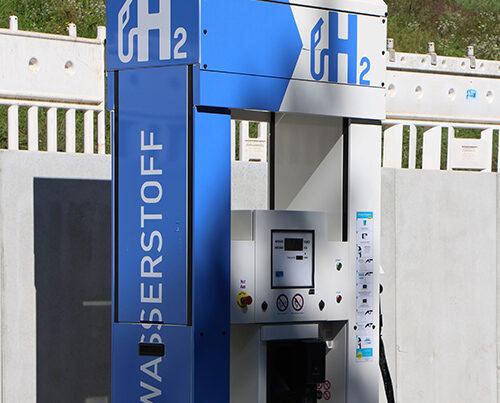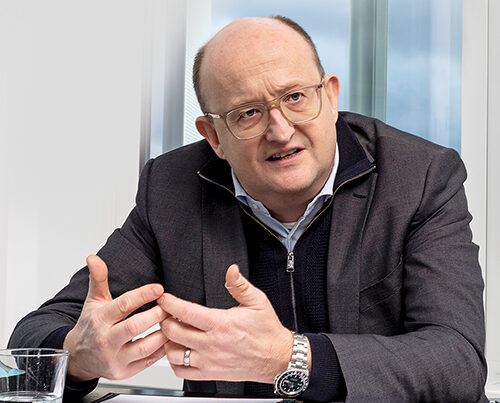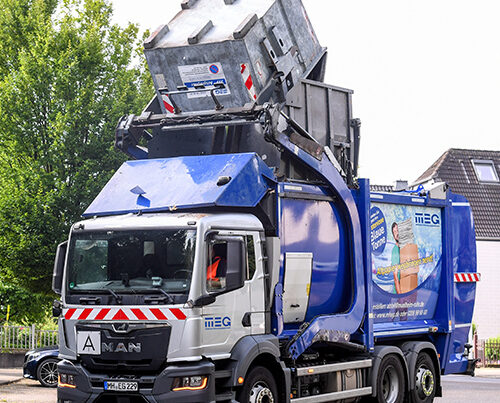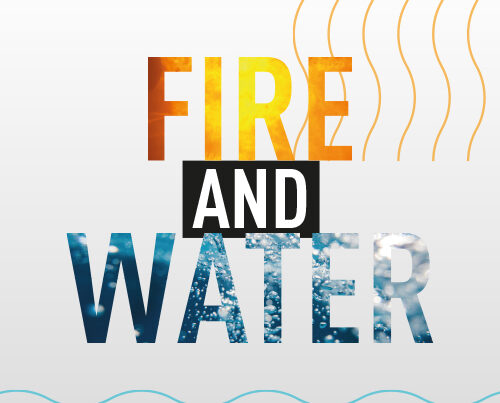Now they are there: hundreds of thousands of dots showing the actual state of mobile phone reception in the Coesfeld district, Germany. They are broken down by network operator, detailed also in the outlying areas and measured according to network operator standards – and this with the help of waste collection vehicles.
For one year, two innovative real-network measuring boxes from STF ITech GmbH in Dülmen have been recording mobile phone reception on the dashboards of REMONDIS’ waste collection vehicles during their daily routes on almost all roads in the district. The measurements have now been completed.
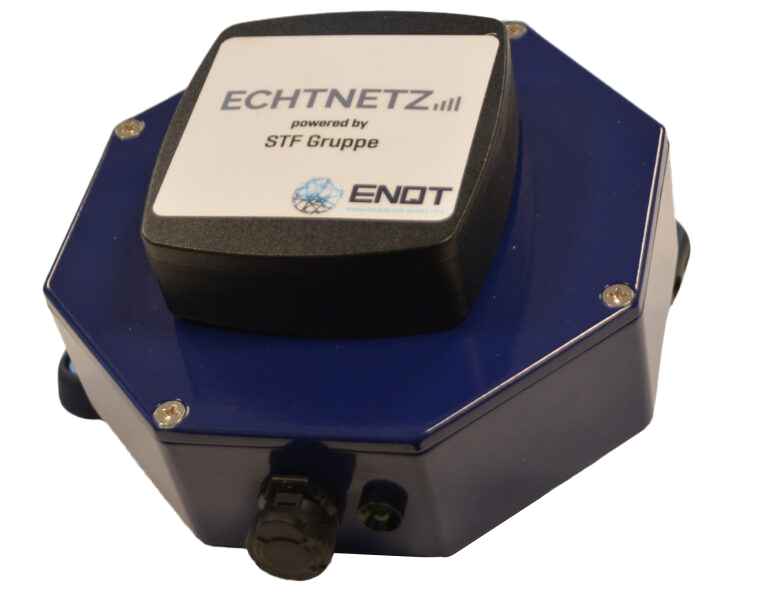
“Coesfeld model”: a role model for other cities, rural districs and federated states
“Our aim was to map the remaining gaps in coverage in the LTE network, which is crucial for mobile data use, using a simple, economical method that meets network operator standards, despite the generally very good mobile phone coverage in the district,” explained district administrator Dr Christian Schulze Pellengahr about the joint project between the district of Coesfeld, wfc Wirtschaftsförderung Kreis Coesfeld, the STF Group and REMONDIS.
This idea was not only a success within the district but also met with great interest throughout Germany. “Just a few weeks after the start, there was already talk of the ‘Coesfeld model’. We received enquiries about our project from more than 50 cities, rural districts and federated states. In currently eleven cities and districts, mobile phone measurements based on our model are already being implemented with 20 real network boxes. In summer, the project received a national award for innovative business development,” the district administrator recalls. “We are very proud of all this – and are now starting to use the data to further improve mobile phone coverage in the district.”
High-quality data for peripheral locations for the first time
STF ITech GmbH also supports the wfc and the mobile phone coordinator of the Coesfeld district, Sebastian Schulze Baek, in these steps. “Thanks to the measurements of the real network boxes, all known dead zones are collected with data according to network operator standards. In addition, for the first time, we now also have high-quality data for peripheral locations with, in some cases, new findings on coverage gaps that could not be tested in an economically justifiable way using previous measurement methods,” explains Sebastian Schulze Baek. STF ITech GmbH is now looking for suitable locations in terms of radio technology in order to close the gaps and, in addition, to push ahead with the further expansion of the mobile network. “The data volume that is processed via mobile radio is currently increasing by about 40 per cent annually. That’s why further expansion is just as important as closing wireless gaps,” explains Sebastian Schulze Baek.
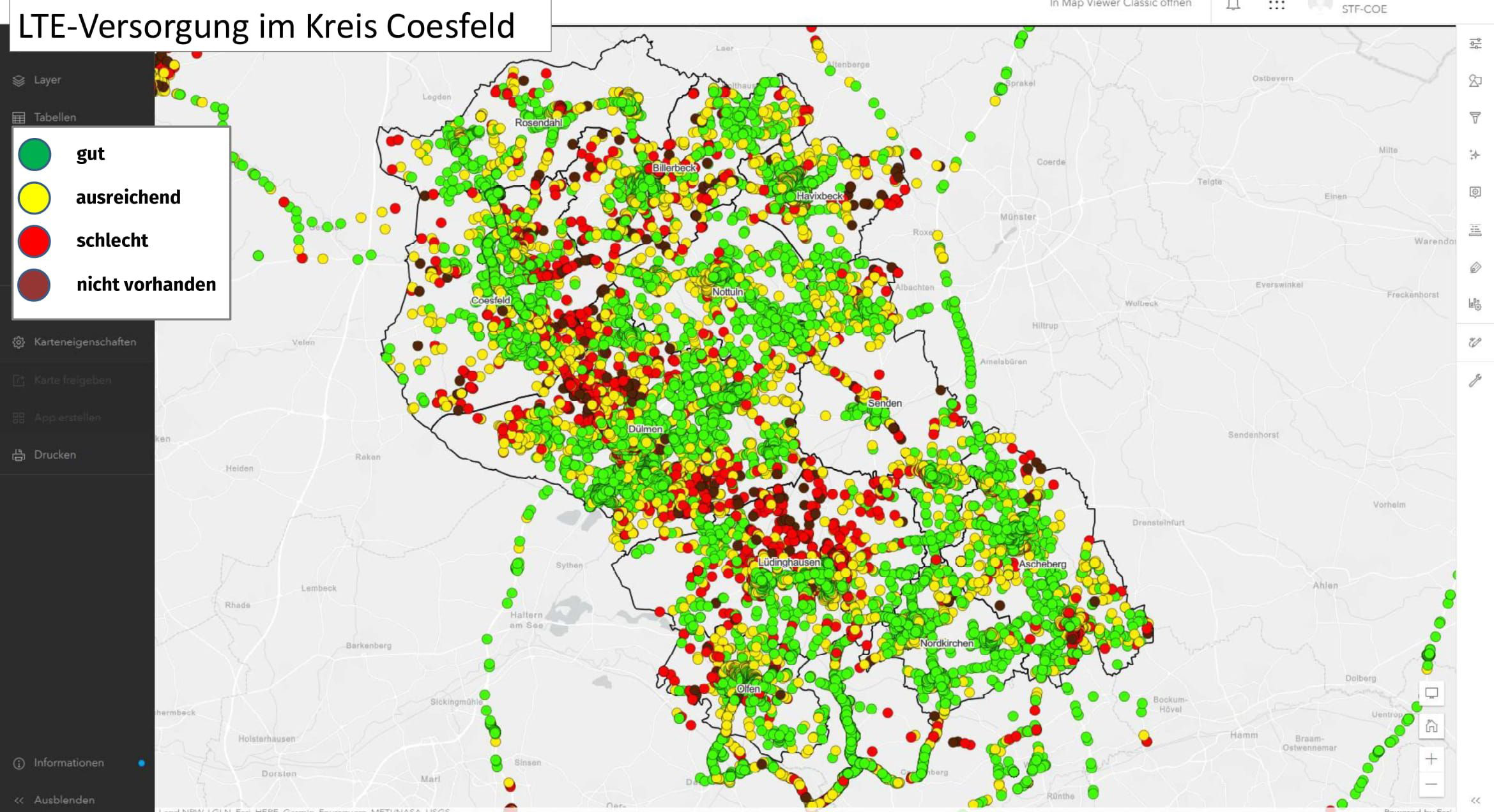
Hundreds of thousands of dots show the actual state of mobile phone reception in the district of Coesfeld
Once the STF has found suitable sites, wfc checks the ownership conditions, creates profiles of the possible locations and moderates the exchange with the network operators Telekom, Vodafone and Telefónica. “The search for land, contact persons and owners as well as obtaining permits often make the expansion of the mobile network more difficult than a lack of willingness on the part of the network operators,” explains Sebastian Schulze Baek. “That is why we want to offer the maximum support in the discussion process and work to convince both the network operators and the owners. This has been very well received so far.”
Examples of current LTE coverage gaps include the residential area at Stadtwald in Coesfeld or Südkirchen as a whole. “Here, the analysis of our data has shown a need for improvement, which we are now systematically addressing and looking for the best solution in each case,” explains Frédéric Dildei, member of the management of STF ITech GmbH. “This can be, as in Südkirchen, the installation of a Vodafone antenna on the Telekom mast already standing there or, as in Coesfeld, the examination of the installation of an antenna on the roof of the tax office.”
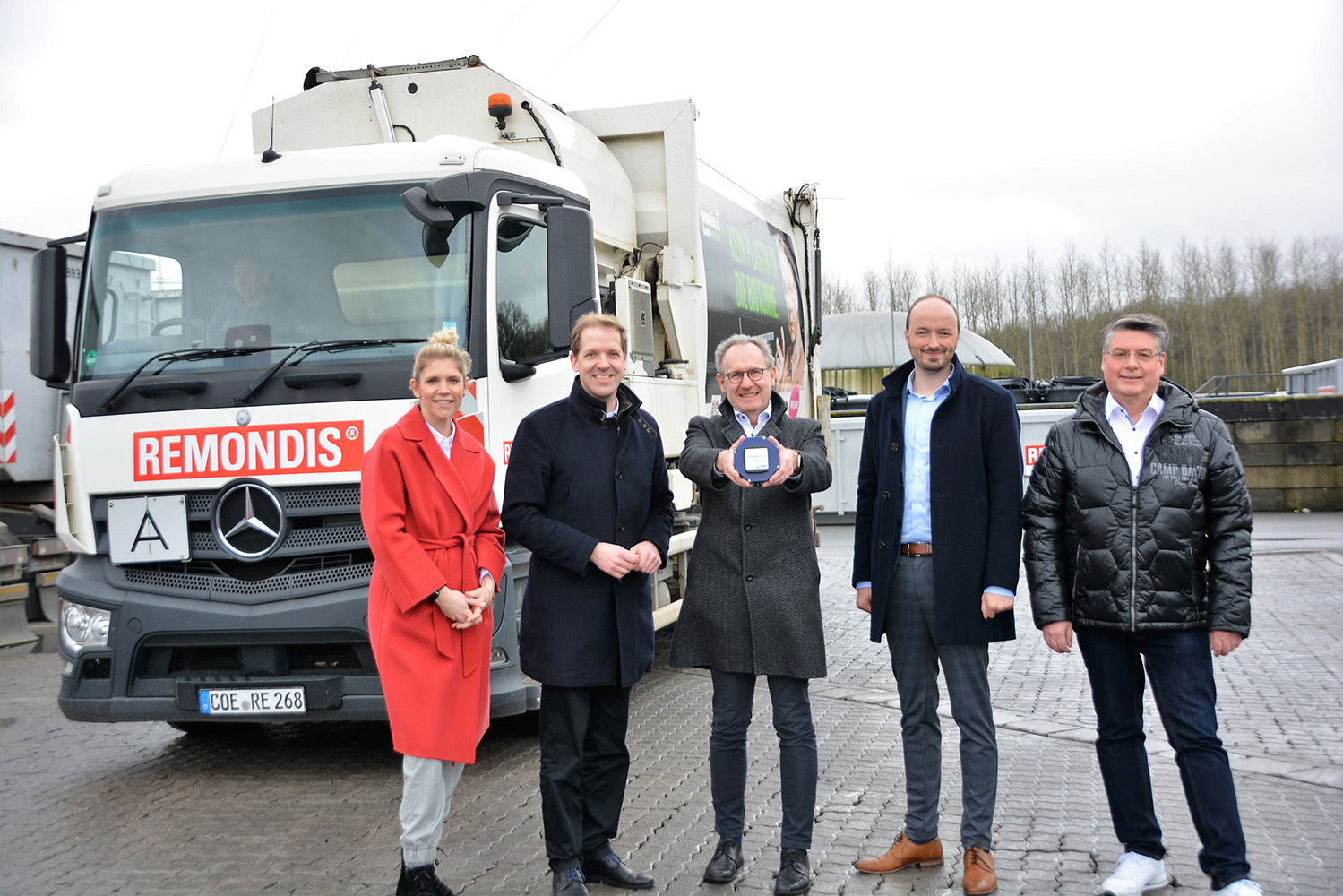
The Echtnetz Boxes in REMONDIS’ collection vehicles have been measuring mobile phone reception in the district of Coesfeld for a year. Now (from left) Julia Hadrossek (branch manager at REMONDIS in Coesfeld until the end of 2022), district administrator Dr Christian Schulze Pellengahr, Dr Jürgen Grüner (managing director of wfc), Sebastian Schulze Baek (mobile communications coordinator for the district of Coesfeld) and Frédéric Dildei (member of the management team at STF ITech GmbH) presented the next steps
„Just a few weeks after the start, there was already talk of the ‘Coesfeld model’. We received enquiries about our project from more than 50 cities, rural districts and federated states.“
District Administrator Dr. Christian Schulze Pellengahr
Recycling industry supports the expansion of mobile phone reception
“Two years ago, we certainly wouldn’t have thought that these steps would now be possible with the support of our waste collection vehicles,” added Julia Hadrossek, branch manager at REMONDIS in Coesfeld until the end of 2022. “We are all the more pleased that we have been able to be part of this and set an example for other recycling companies in Germany – and to support the improvement of mobile phone coverage.”
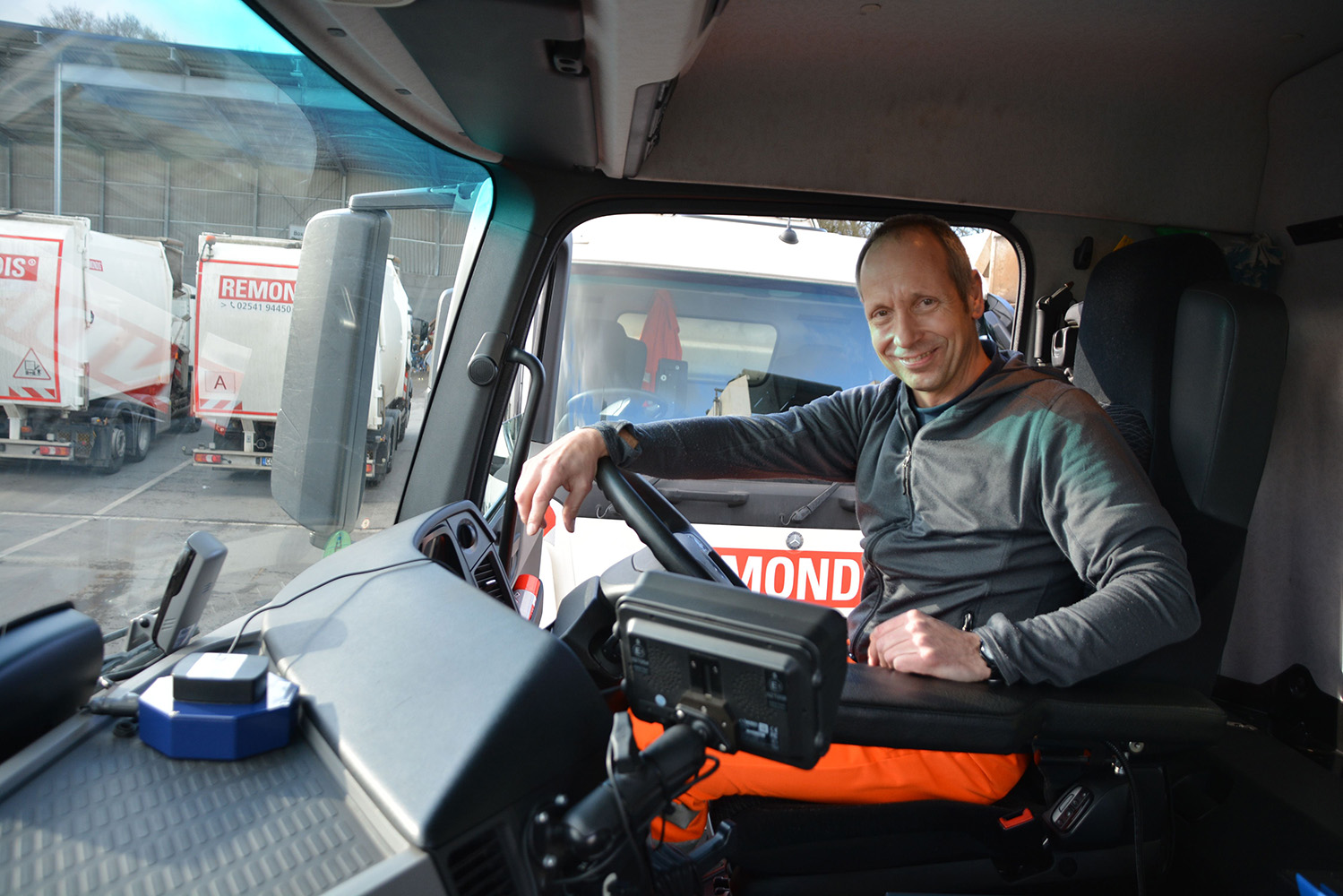
Image credits: images 1-4: © wfc








